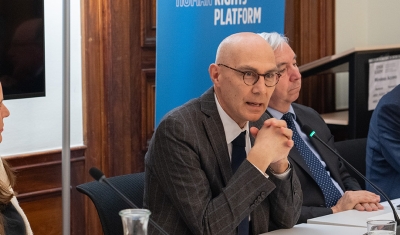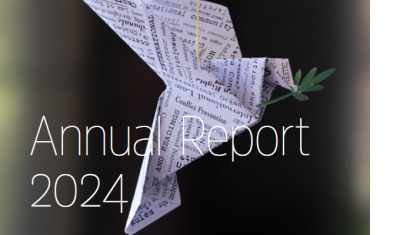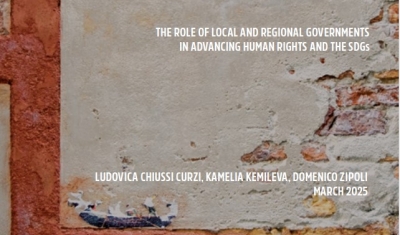The ICCPR Follow-up World Maps is a practical tool for tracking how countries turn international human rights commitments into measurable actions. Here’s how the maps work in practice:
In a hypothetical case in which a country receives recommendations from the UN Human Rights Committee to strengthen freedom of expression laws and combat discrimination against minority groups, the users can employ the ICCPR Follow-up World Maps to:
- Track Responses: check if the country has submitted follow-up information outlining the steps it is taking to address these recommendations.\
- Assess Implementation: Review the grade the country receives (ranging from A to E) based on its actual implementation efforts, which indicates the effectiveness of changes made to protect freedom of expression or minority rights.
- Compare Performance: compare this country’s efforts with others in the region or globally to identify whether it’s leading or falling behind in meeting international standards.
- Identify Areas for Advocacy: If the country is graded poorly, civil society organizations can use the information to advocate for stronger actions and policies to uphold these human rights commitments.
By providing clear, visual summaries of progress and areas for improvement, the ICCPR Follow-up World Maps functions as a helpful tool for anyone advocating for stronger human rights protections at the national level.







